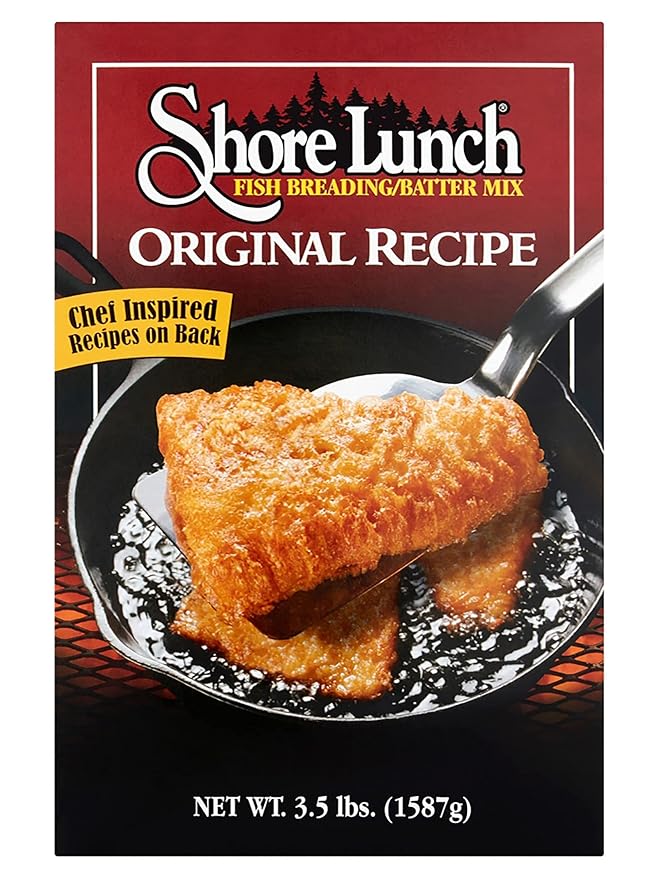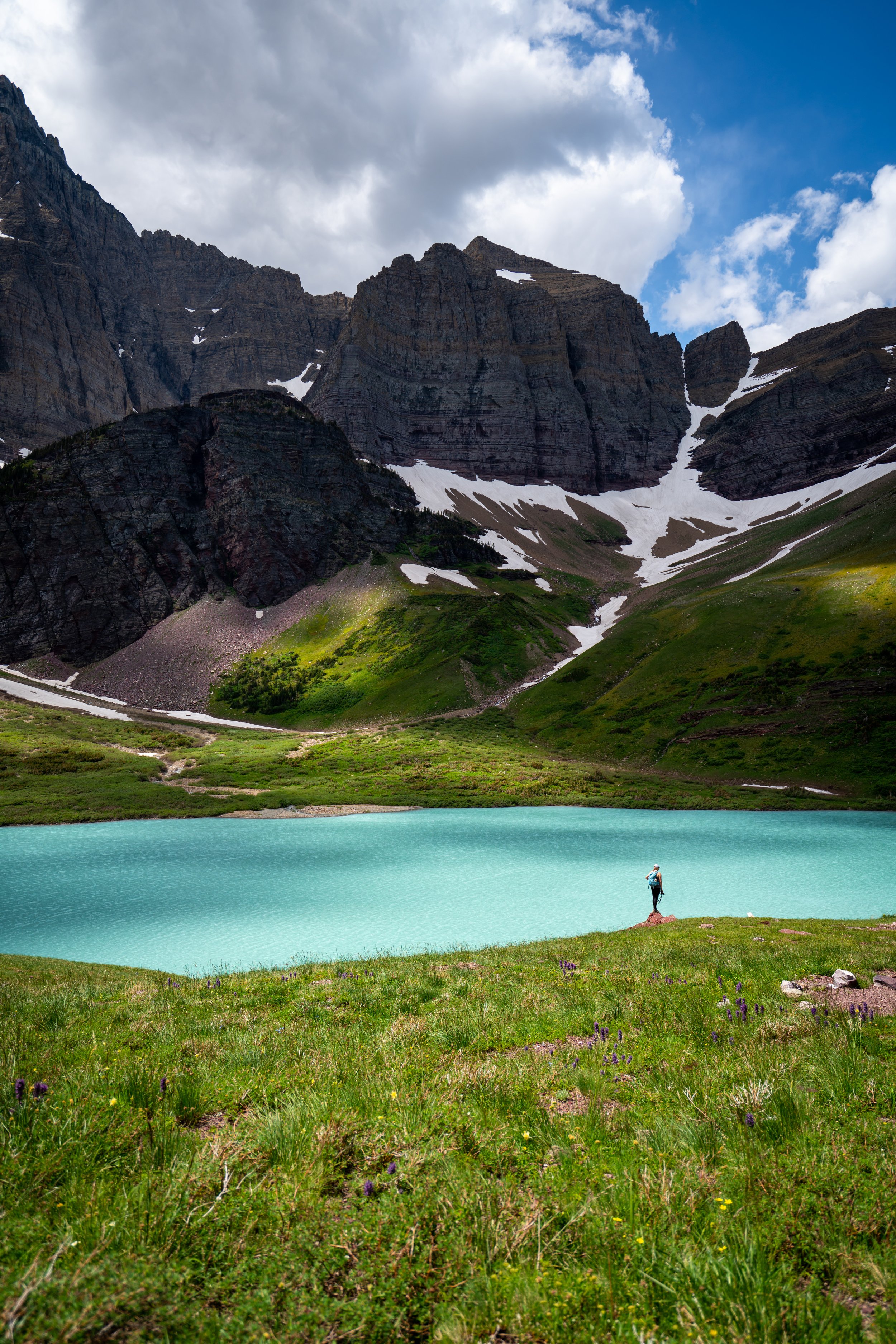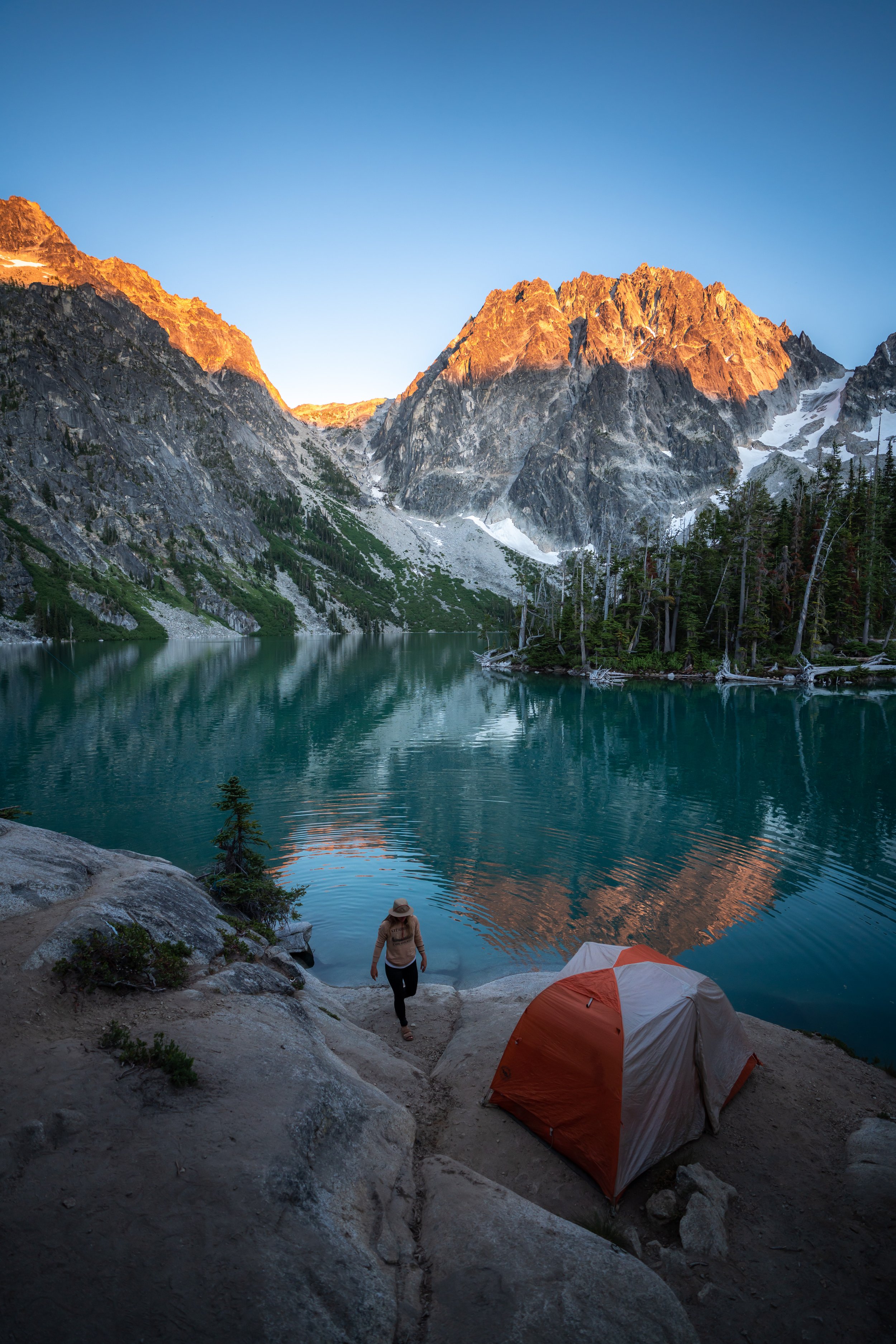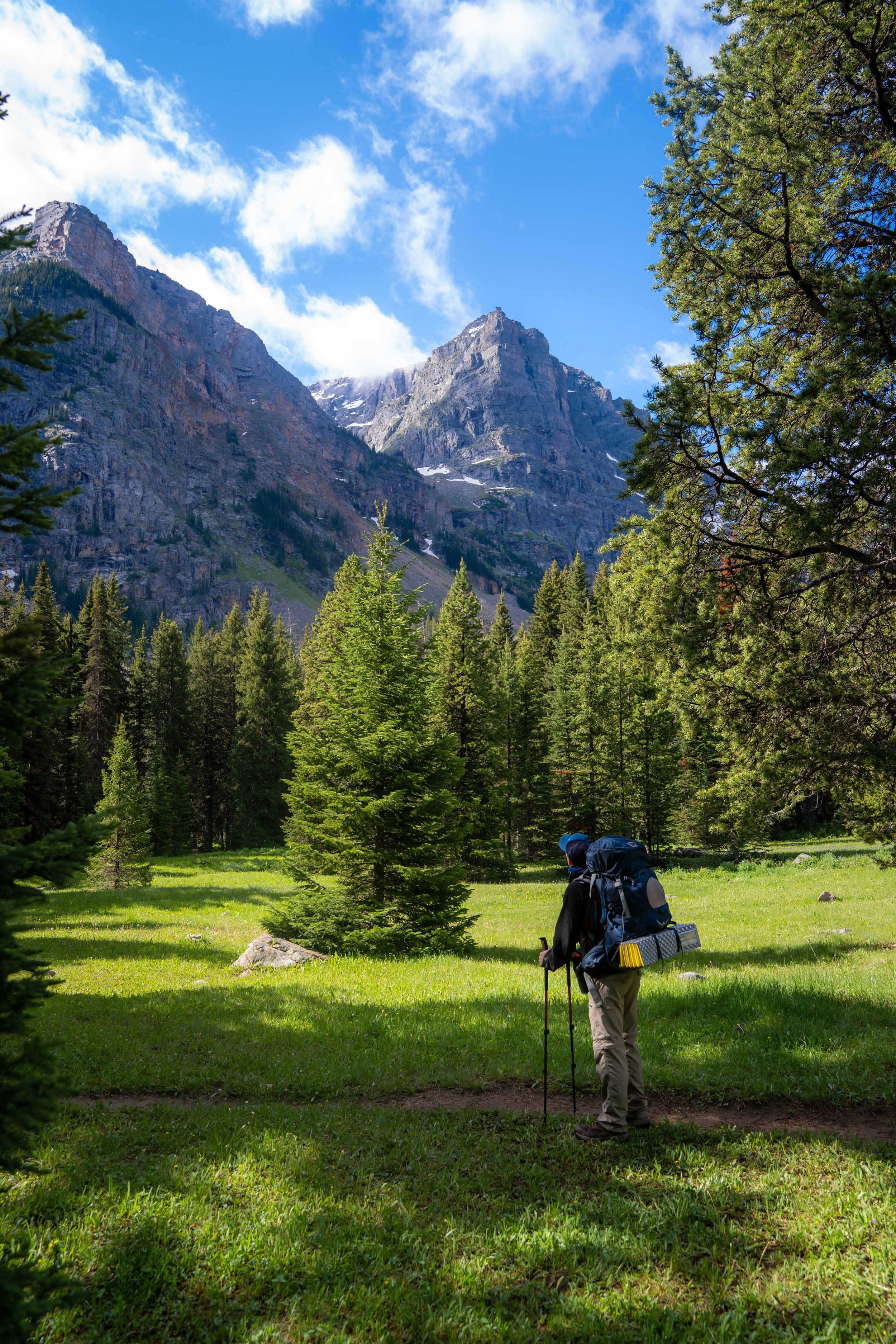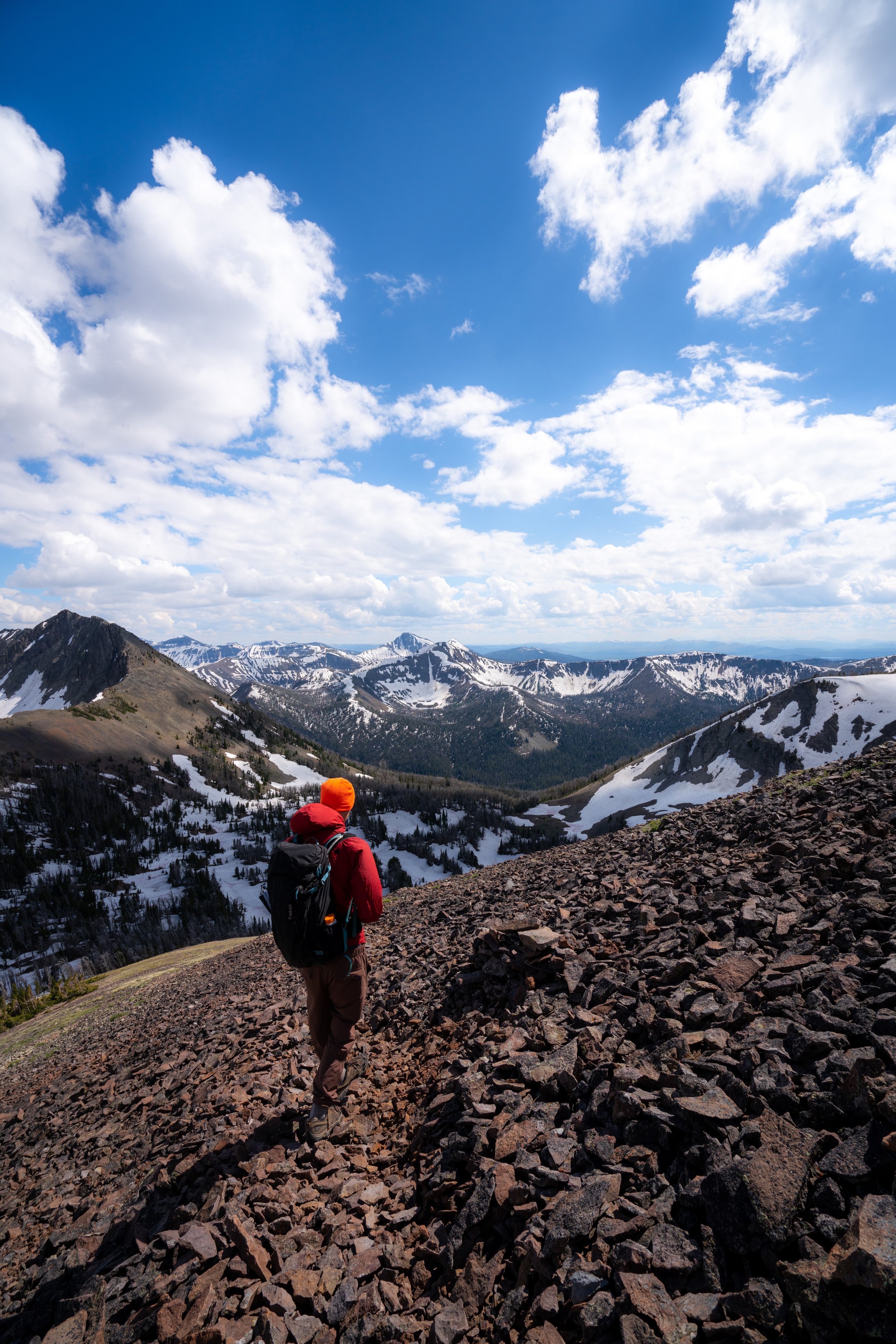Hiking the Big Boulder Lakes Basin in Idaho’s White Cloud Mountains
Distance: 21.4 miles / 34.4 km
The Big Boulder Lakes Basin in Idaho’s Cecil D. Andrus-White Cloud Wilderness is one of the most beautiful off-trail backcountry trips I’ve experienced!
I say this because I’ve done a lot of backcountry hiking, both in popular areas such as the Enchantments and less popular areas such as Wyoming’s Wind River Range, and I always find it to be more enjoyable to escape the crowds that inevitably come with wilderness areas next to big cities, like Seattle and Denver.
In any case, off-trail hiking may not be something that comes natural for all people, which is why if this is your first time, I highly recommend downloading a satellite or topographic map before setting off.
Big Boulder Lakes Trailhead Parking
Parking for the Big Boulder Lakes Basin is located at the Big Boulder Creek Trailhead near the end of Big Boulder Creek Road on the eastern side of the White Cloud Mountains.
That being said, Big Boulder Creek Road is a bit of a rough road from the turn off East Fork Road. However, as long as you’re not driving a low-clearance vehicle, you should be able to make it, granted that the road is snow-free.
Google Maps Directions: Big Boulder Creek Trailhead
Hiking Checklist - White Cloud Mountains
Obviously, for camping, you will need general backpacking gear. For this reason, I wrote a separate post about what backpacking gear is worth the money, from my experience, and what the best alternatives are to save you money.
Read My Separate Post: Best Ultralight Backpacking Gear
In addition, here is a complete list of must-have things that you will want for any hike in the White Cloud Mountains.
Bear Spray & Holster - If you aren’t flying, don’t rent bear spray! It’s a waste of money. Prepare ahead of time by buying your own, as this may be one of the most important items on this list.
Osprey 3L Water Bladder - The Osprey 3L water bladder is the most universal hiking and backpacking water bladder on the market, and it’s my go-to because of the slide-off seal that allows it to be quickly filled from the top. Additionally, individual parts are easily replaceable, such as the bite valve.
Blister / Heel Protectors - I swear by these cheap, amazing heel protectors to prevent blisters for nearly every kind of hiking and backpacking that I do!
Black Diamond Headlamp - Personally, I recommend the Black Diamond Storm because it is one of the brightest, lightest, and longest-lasting headlamps on the market—and trust me, the weight-to-battery-life ratio really does matter!
Hiking / Trail Running Shoes - Depending on the type of trail, I prefer to use either the Keen Targhee for longer, more rugged hiking or the HOKA Zinal Trail-Running Shoe for lighter, less intense trails. In either case, both have been amazing to me for many years across countless environments, and both can be found in men’s and women’s sizes. - (Men’s Keen / Women’s Keen) (Men’s HOKA / Women’s HOKA)
Waterproof Rain Shell - You never know when it may rain, and I’ve learned over the years that a rain shell is far better than a rain jacket. By this, I mean that it’s best to have something that the water will roll right off of, which is why I recommend the Patagonia Torrentshell 3L available in both men’s and women’s sizes.
Sun Shirt w/ Hood - A quality sun shirt can be your best friend on a trail with minimal shade, which can be found in both men’s and women’s sizes.
Head Bug Net - Deciding whether to pack a bug net should be based around the time of year that you’re visiting, meaning that as long as temperatures remain steadily above the mid-50s, the bugs can be brutal!
Wag bag - In some backcountry areas, all human waste is required to be packed out using one of these bags. When this is the case, plan on packing one bag for every night that you will be there, as having to reuse a bag twice is never a good idea.
High SPF Sunscreen - Packing high-SPF sunscreen is a must for long days outside!
Hiking the Walker Lake Trail
From the Big Boulder Creek Trailhead, the Walker Lake Trail to Walker Lake is roughly 7.1 miles (11.4 km), which is where the National Forest Service trail ends, and the off-trail hiking begins.
Walker Lake
Typically speaking, Walker Lake is the most popular place to camp on the trail, as it’s not only the first lake encountered, but the far end of Walker Lake is where the maintained trail ends.
Big Boulder Lakes Basin
From Walker Lake, the Big Boulder Lakes can be found just a few miles beyond.
While you could either hike to Cove or Sheep Lake first, I recommend hiking to Sheep Lake first because the trail from Walker to Cove Lake is a little more confusing than the trail from Walker to Sheep Lake, which will make more sense on the return hike at the end.
In any case, from Walker to Sheep Lake, there’s only another 1.5 miles (2.4 km) to go.
To continue further, hike along the right (north) side of Walker Lake until you reach Bighorn Creek. This is the creek that flows out from Sheep Lake, and it’s the best direction to hike in order to continue around the basin in the least-confusing way.
Sheep Lake
Sheep Lake is where we spent our first night, as we were able to find a place to set up on the east side of the lake in the trees.
This photo was taken the next morning at sunrise.
Slide Lake
On our second day, we left Sheep Lake to continue around the basin to Sapphire Lake for our second night, which ended up being about 2.1 miles (3.4 km) in total.
Once we packed up our stuff, we hiked around the north side Sheep Lake and crossed over the 10,000-ft. (3,048 m) mark for just a short while.
Big Boulder Lakes Saddle
From Slide Lake to the saddle, there was a very defined trail, and the Saddle is a great place to get views of all of the Big Boulder Lakes to try and figure out where you may want to camp next.
Cirque Lake
From the saddle, we never really found the best way down to Cirque Lake, but we just kept winding back and forth until we eventually made it to the flatter area to the east of Cirque Lake.
This part was never too steep, but it could be a bit more challenging if it was still covered in snow, which is why I recommend bringing micro-spikes for an early season adventure.
Sapphire Lake
In my opinion, Sheep, Cirque, and Sapphire Lake were the most beautiful of all the lakes in the basin, and looking back, I wish we had set up for a night at both Cirque and Sapphire.
However, we chose to set up camp on the Sapphire Lake peninsula to give some space from another group.
In any case, Cirque, Sapphire, and Cove Lake seemed to be the three most popular places to fish, as we saw one group that was seemingly dedicating their entire trip to the pristine backcountry fishing in these lakes!
Big Boulder Lakes to Walker Lake
From our campsite along Sapphire Lake, the hike back down to the real trail was roughly 2.4 miles (3.9 km) to get back to Walker Lake, which is then another 0.6 miles (1.0 km) to the beginning and 7.1 miles (11.4 km) to the Big Boulder Creek Trailhead.
This is likely where you’ll want to follow a GPS or topographic map of some sort, so that you don’t wander toward the cliffs above Walker Lake and have to turn back.
That being said, the best path back down is to hike toward the area that I have a satellite image of below.
However, toward the bottom of this steep trail down, the trail got a little more confusing. This is why I said earlier that I recommend hiking up to Sheep Lake instead of Cove Lake first because once we were back in the trees, it wasn’t very clear which was the best route to regain the trail at Walker Lake.
In any case, once you’re below the cliffs above Walker Lake, navigating back should be easy enough, as long as you have a map to follow.
Warning
Afternoon thunderstorms in high Mountain West areas, such as this, are a serious concern during the summer monsoon season.
Even if the weather forecast doesn’t predict any storms, I can tell you from personal experience that they may show up out of nowhere and can put you and your entire group in a very dangerous situation.
I say this to emphasize the importance of turning around at the first sign of lightning, thunder, or even heavy cloud buildup. However, if you ever get caught in a storm unsuspectingly, follow the steps linked below to reduce the risk of getting struck.
U.S. Forest Service: Lightning Safety Tips
More Mountain West Adventures
If you’re interested in reading about some more amazing Mountain West adventures, check out my separate posts below!
Best Way to Find Places to Stay!
Wherever I travel, I love to start my search for places to stay on VRBO.
Even if I don’t end up booking through them, I think it’s one of the best ways to see what’s in the area!
Best Way to Book Rental Cars!
I travel quite a bit, and I know firsthand that finding a good rental car deal can be a challenge, but that’s why I recommend comparing all of your options with Discover Cars.
In short, Discover Cars is a well-known, reputable business that allows you to search for the best deal across companies, and they have the best full-refund cancellation policy I’ve ever seen, valid up to 72, or sometimes even 48, hours prior to your reservation!
Book Here: Discover Cars
Safety
Mountain Ranges across Idaho are home to Black Bears, Mountain Lions, and as of recent years, Grizzly Bears.
Therefore, it’s important to hike with bear spray and know how to react in the event of a Black or Grizzly Bear encounter, as their ranges only seem to be expanding across states like Washington, Idaho, Montana, and Wyoming.
Aside from wildlife, Idaho, like any Mountain West state, is known for its violent afternoon thunderstorms, which are more typical in the warmer summer months than other times of the year.
That said, it’s important to check the local forecast before setting off on any adventure, as lightning strikes are not uncommon in and near mountain ranges across the West. I have personally been knocked to the ground by a strike that hit near me in the past, and I confidently say that it’s an experience you don’t want to live through. This is why I highly recommend checking Mountain Forecast for any high-elevation adventures you may be interested in—especially when climbing a summit.
Finally, know that micro-spikes may be necessary for an early or late season adventure, but micro-spikes are never supposed to be a substitute for conditions that require crampons.
Disclaimer
All information provided on this blog is for informational purposes only and is not intended to be a substitute for information or advice from qualified professionals or managing agencies.
Noah Lang Photography LLC makes no representations or warranties regarding the accuracy or completeness of the information provided here, and readers should use their own discretion, judgement, and seek professional advice where it is appropriate.
Furthermore, Noah Lang Photography LLC shall not be held responsible for any injuries, lost individuals, or legal issues arising from the use of information provided on this website, and if applicable, the above safety disclaimer should be referenced to provide a generic overview of the risks involved.
All said, the content on this blog is for the sole use of Noah Lang Photography LLC, and unauthorized use or reproduction of this content is strictly prohibited.
Disclosure
This post is not sponsored.
However, some of the links in this post are affiliate links, which means that I may earn a small commission if a purchase is made through one of those links. This commission comes at no additional cost to you, and I only recommend products that I personally use and believe will add value to my readers. Thank you for your support, which enables me to continue creating more!
To read the full privacy policy, click here.

About This Blog
Noah Lang Photography, also known as @noahawaii, is 100% reader-supported!
I do not accept guest articles or sponsored content of any kind on my blog, which is why, if you enjoy the outdoor and travel content I create, please consider buying me a coffee!
I appreciate your support, which helps me continue to keep this blog alive!



















